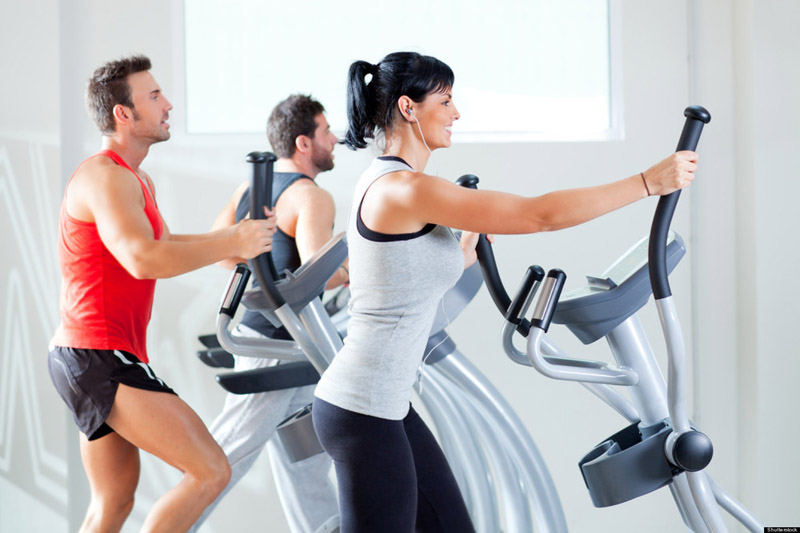Silent gallstones
Kathmandu
Solid, hard crystalline pieces can abnormally form in the human body. With the varying size these stones can develop in organs like kidney, gallbladder, urinary bladder, muscles et cetera. However, solid, pebble-like collections forming inside the gallbladder is termed as gallstone.
Gallbladder, a pear shaped sac like organ located under the liver has its functions to store and concentrate bile. “Bile is a fluid produced by liver which is necessary to digest and absorb fatty foods and fat soluble vitamins. The stones form when this bile is supersaturated. However, formation of gallstone is a complex process,” informed Assistant Professor Dr Indra Kumar Jha, Consultant Surgeon, National Academy of Medical Sciences (NAMS), Bir Hospital, Kathmandu.
Types and symptoms
Majority of people who have gallstones are asymptomatic. These silent gallstones are detected through ultrasound or CT scan done for some other purposes. Gallstone is usually divided into biliary colic, acute cholecystitis and choledocholithiasis. Symptoms of biliary colic include abdominal pain, nausea, vomiting and pain on the right shoulder or back. “The pain is usually severe and might last for minutes or several hours,” added the doctor. Symptom such as indigestion, flatulence, food intolerance (fats), alteration in bowel frequency too can be seen in patients, which can be seen over a period of few weeks, and for some months there might not be any trouble. Biliary colic is typically present in 10 to 25 per cent of the patients as per the doctor.
Acute cholecystitis is an inflammation of the gallbladder. It occurs when there is a complete blockage of gallbladder. It is usually caused by repeated episodes of biliary colic. Constant pain and fever is common when there is acute cholecystitis. “It is a serious health condition and requires immediate medical treatment, if left untreated it can lead to gallbladder rupture.”
Choledocholithiasis (bile duct stone) is a complication that can develop if gallstones move from the gallbladder and block the area from where bile exits. It may lead to jaundice — yellowish skin and eyes, infection of the bile ducts causing pain, chill and fever, and inflammation of pancreas leading to severe abdominal pain.
Occurrence
Gallstones can occur at any age, to anyone. But the risk increases with an increase in age. Thus, gallstones are more frequent after the age of 40. Also those with family history of gallstones are prone to its development. Other risk factors include — pregnancy, use of medicines containing estrogens such as contraceptive pills, frequent fasting, rapid weight loss, lack of physical exercise, sickle cell disease, liver cirrhosis, organ transplant et cetera. “Occurrence of gallstones is comparatively higher in women than in men as women are more vulnerable to the disease,” informed Dr Jha. It is more common in obese people also, thus one must maintain the body weight to stay away from developing gallstone.
Treatment available
Gallstones treatment is easily available, either it is surgical treatment or non surgical therapy. Treatment services are available in the hospitals. Surgery may be done with a small incision. In most cases laparoscopic cholecystectomy surgery is done these days. “This surgery is done using small instruments and a video camera, which are inserted into the abdomen through four small punctures,” elaborated Dr Jha. However there is a misconception that such surgery won’t clear the stones. “But this is the gold standard treatment done today,” clarified the doctor.
Cholecystectomy — a surgery that removes the gallbladder is also practised. But what should be understood is removal of gallbladder doesn’t cause any complication. “However, about half of the people who get their gallbladder removed develop loose stool, gas, and bloating, which in most cases do not require treatment,” informed the doctor.
Prevention
• Avoid fatty and spicy food
• Eat foods rich in fibre, vitamins and minerals
• Drink plenty of water (four-five litres per day)
• Eat foods which have low cholesterol
• Avoid red meat
• Eat three well-balanced foods daily
• Exercise regularly for at least
30 minutes (five days per week)






